Rennes is the capital of the region of Brittany and the capital of the former Duchy of Brittany.
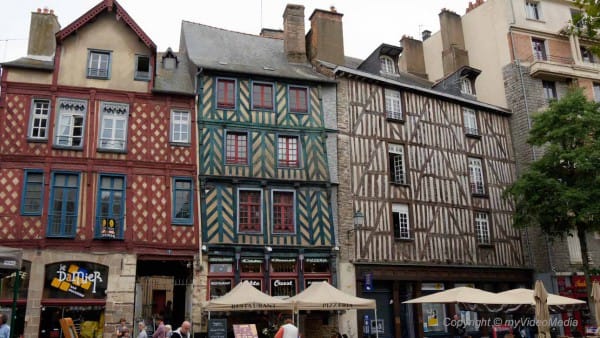
History
Already the Romans and Celts settled here. Later Britons emigrated in Armorica, as the North West of Gaul was called.
Afterwards, the Frankish Empire, the Vikings, the Normans and later the French king and the British embattled Brittany, until it was finally finally united with France, in 1532 .
Please watch the 4k UltraHD video
You are currently viewing a placeholder content from YouTube. To access the actual content, click the button below. Please note that doing so will share data with third-party providers.
More InformationIn the 16th and 17th centuries, Rennes benefited from the overseas trade, cloth production and agriculture. In 1720, a large fire raged in the city and devastated it for the most part.
In the 20th century, there were again independence movements, which were partly violent. During WW2, Rennes remained largely spared. In 1994, the old parliament building partly burned down and were rebuilt in 10-year construction time.
City walk
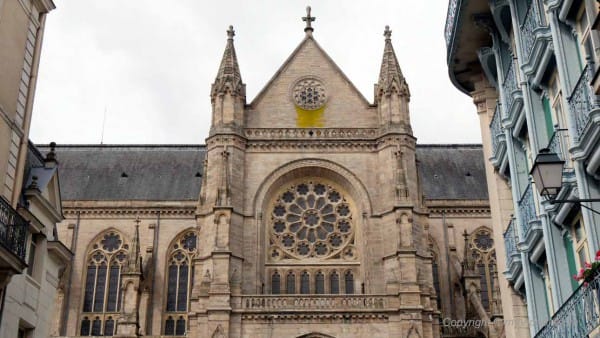
Our city walk starts at the church Saint-Aubin and leads through the Rue Saint Melaine to the church Notre-Dame-de-Saint-Melaine.

Lovely half-timbered houses line the street. Behind the church Notre-Dame is the Parc du Thabor, a botanical garden with rare plants and songbirds.

In the Rue Martenot we pass the headquarters of the Délégation Régionale Recherche Technologie and the Prefecture de Rennes.
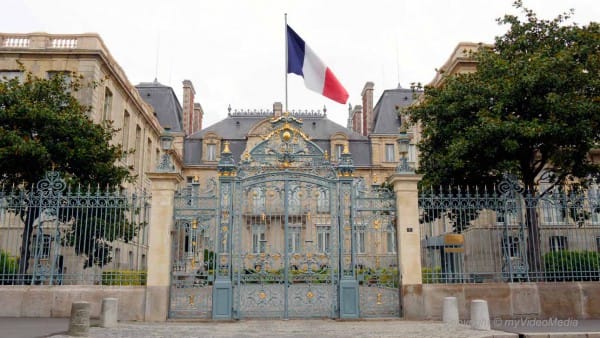
In the Rue Saint Gorges we allowed ourselves a snack and take the Rue Gambetta to the Piscine Saint-Georges, the urban bath, and the Palais Saint Georges, originally a Benedictine Abbey.
During the French Revolution it was the seat of government. Today it is headquarters of the fire brigade and further municipal facilities.

The Place de la Republic is towered by the Palace de la Commerce, a hotel. Passing the Parliament of Brittany we reach the Place de la Mairie with the City Hall and the Opera House of Rennes.
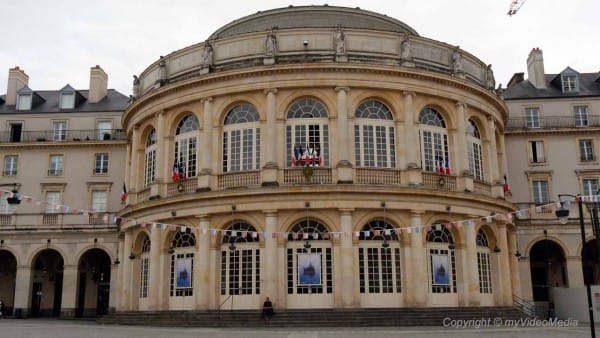
Around the Place du Champ Jacquet you find beautiful half-timbered houses and picturesque shops. Even more picturesque is the district around the Rue de Renne. Half-timbered houses and street art provide plenty of subjects for photos.
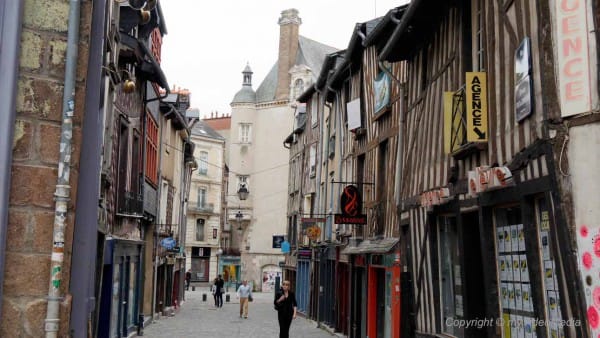
We finish our walk at the Place St Anne and take wonderful impressions of a French city back home.
Since it was Sunday and even semester break, the city already was almost empty. We imagine, that the city is much livelier with the hustle and bustle of the students.
PLease read on > La Java – a unique Cafe in Saint Malo
Text, photos and video: Copyright © myVideoMedia